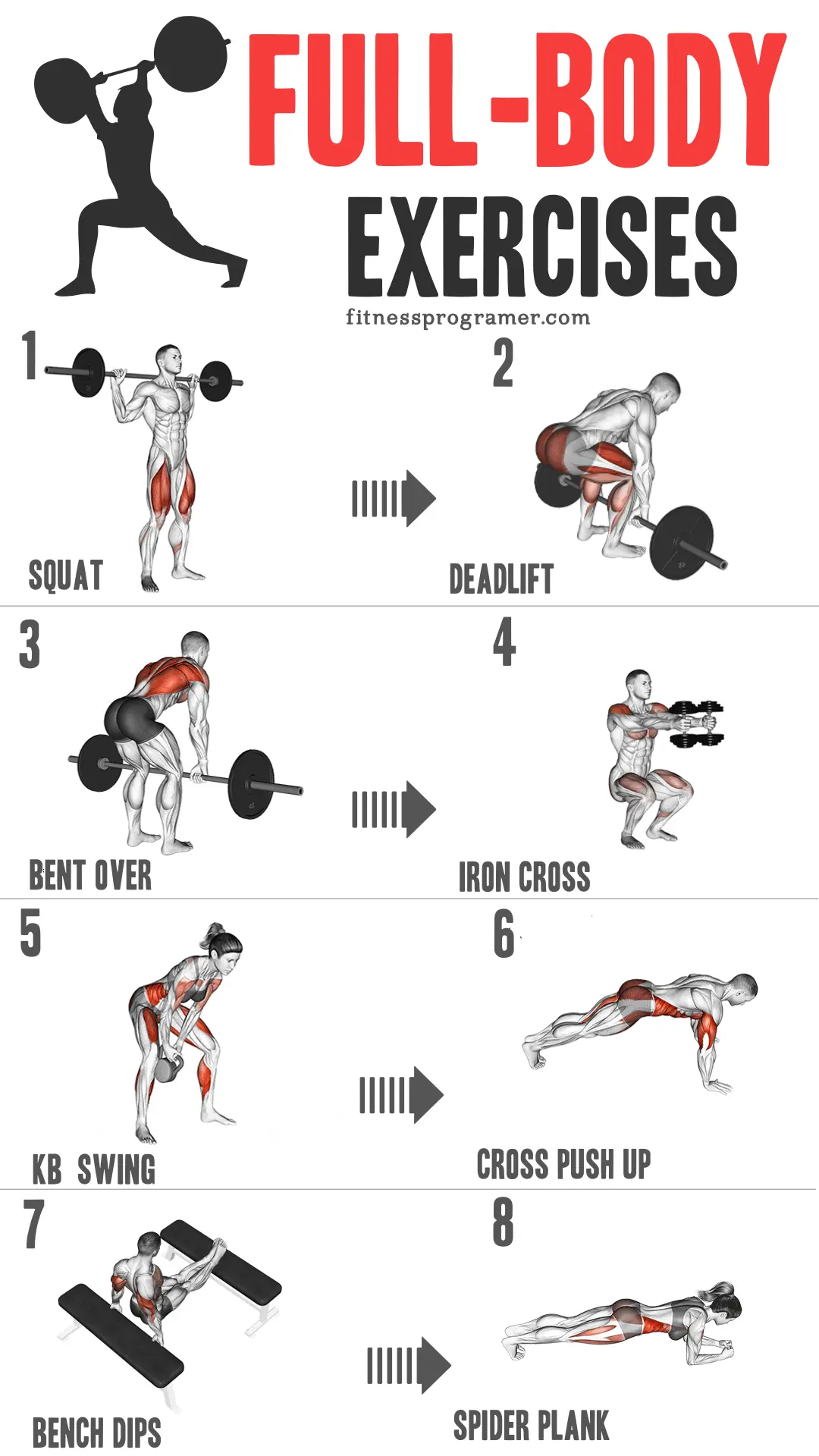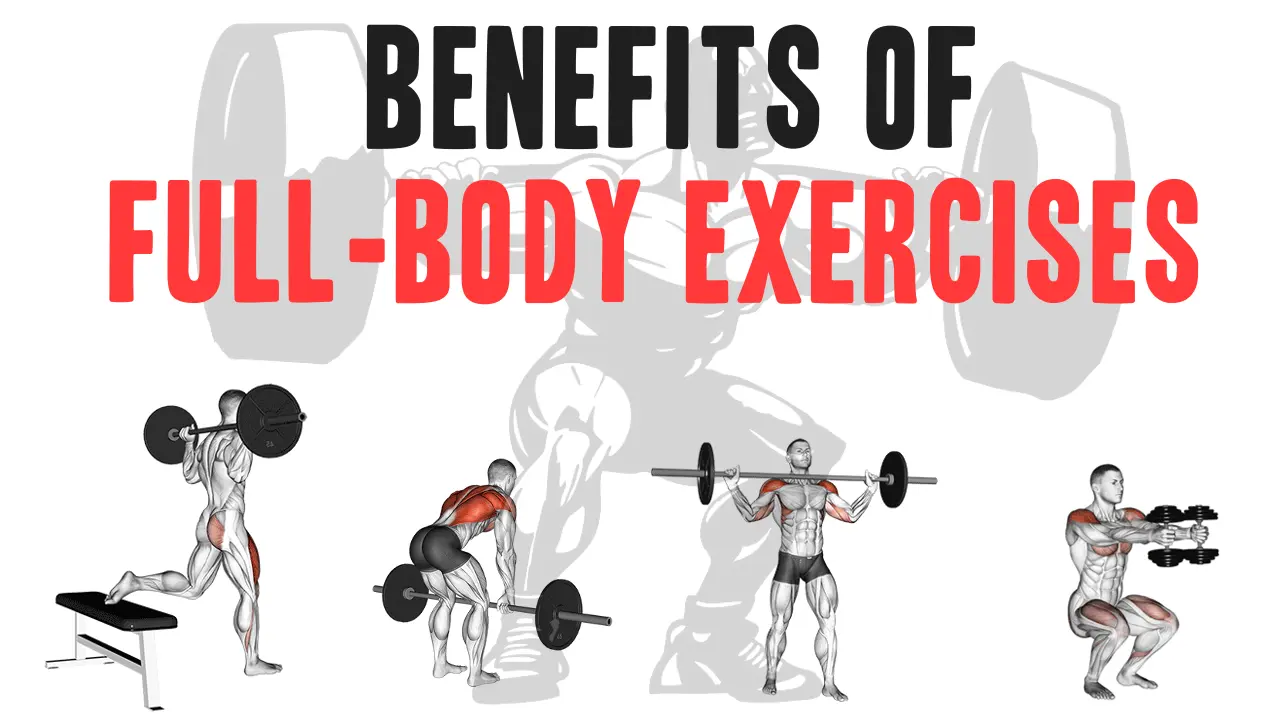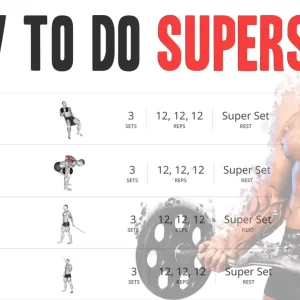Contents
When it comes to achieving a strong, healthy, and balanced physique, incorporating full-body exercises into your fitness routine should be a top priority. These exercises engage multiple muscle groups simultaneously, offering a myriad of benefits that extend far beyond isolated workouts.
By prioritizing full-body workouts, you can achieve a well-rounded fitness level that enhances both your physical performance and overall health. So, whether you’re a seasoned fitness enthusiast or just starting on your journey, full-body exercises should be a cornerstone of your fitness regimen for a healthier and stronger you.
What is a Full Body Exercises?
Full-body exercises are a type of physical activity or exercise that targets and works multiple muscle groups throughout the body. These exercises are designed to target and strengthen different muscle groups, providing a comprehensive and efficient way to work out the entire body in a single session.
Full-body exercises are popular in fitness routines for their ability to enhance overall strength, improve cardiovascular fitness, and promote functional movement patterns.
How do I know if a move is a full-body exercise?
Determining whether a move is a full-body exercise involves assessing the extent to which it engages multiple muscle groups across different parts of your body simultaneously. Here are some key characteristics to help you identify full-body exercises:
Involvement of Multiple Muscle Groups: Full-body exercises typically engage muscles in both the upper and lower body. For example, compound movements like squats, deadlifts, and push-ups involve various muscle groups working together.
Functional Movement Patterns: Full-body exercises often mimic real-life movements and incorporate functional patterns. These movements may include pushing, pulling, squatting, lunging, and hinging, reflecting activities you perform in daily life.
Joint Movements: Look for exercises that involve movement at multiple joints. For instance, a squat involves flexion and extension at the hips and knees, engaging both the lower and upper body.
Core Activation: Full-body exercises frequently require core stabilization. Whether you’re lifting, pushing, or pulling, your core muscles play a crucial role in maintaining balance and stability.
In summary, a move is likely a full-body exercise if it engages multiple muscle groups, involves functional movement patterns, activates the core, and potentially includes a cardiovascular component.
The Benefits of Full-Body Exercises
1. Improved Strength:
Full-body exercises require the engagement of various muscle groups, helping you develop overall strength. Compound movements, such as squats, deadlifts, and push-ups, promote functional strength that translates into real-world activities.
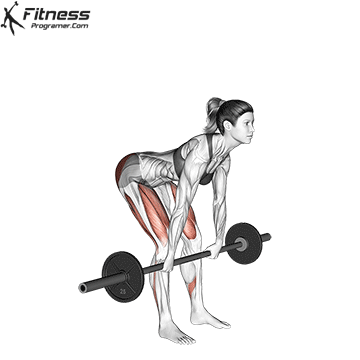
2. Enhanced Muscle Definition:
By working multiple muscle groups in a single exercise, you can achieve a more toned and defined physique. Full-body workouts help you build lean muscle mass while burning excess body fat.

3. Efficient Time Management:
For those with busy schedules, full-body exercises are a time-efficient way to maximize your workout. You can target multiple muscle groups in a single session, reducing the need for lengthy gym visits.
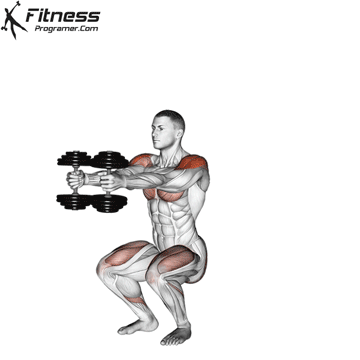
4. Increased Calorie Burn:
Full-body exercises elevate your heart rate and increase calorie expenditure. This makes them a fantastic choice for those looking to shed unwanted pounds or maintain a healthy weight.
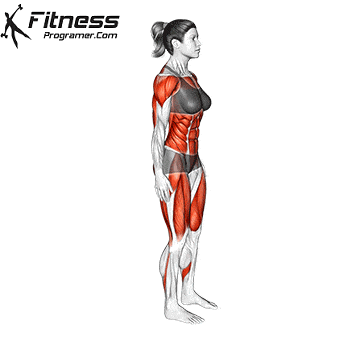
5. Improved Functional Fitness:
Full-body exercises mimic real-world movements, improving your ability to perform everyday tasks with ease. This can enhance your quality of life by reducing the risk of injury and increasing overall mobility.
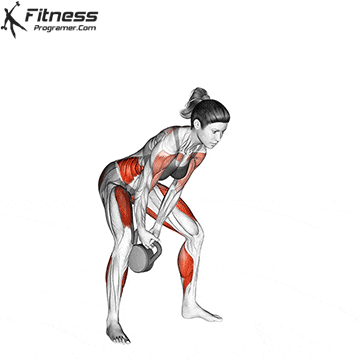
6. Better Balance and Coordination:
Many full-body exercises require balance and coordination, helping to improve these essential skills. Over time, enhanced balance can reduce the risk of falls, especially in older adults.
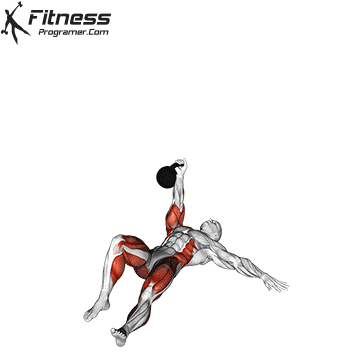
7. Variety and Versatility:
Full-body workouts offer a wide range of exercises to choose from, ensuring that your fitness routine never becomes monotonous. This variety keeps you motivated and engaged in your workouts.
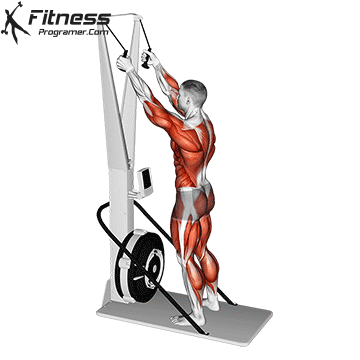
8. Core Strengthening:
A strong core is essential for stability and posture. Full-body exercises often engage the core muscles, helping you develop a robust midsection.
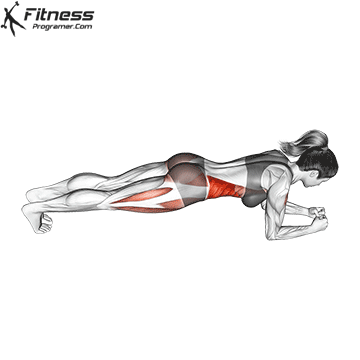
9. Time-Efficient Cardio:
Some full-body exercises, like burpees or kettlebell swings, provide a cardiovascular workout in addition to strength training. This saves time by combining both aspects in one routine.
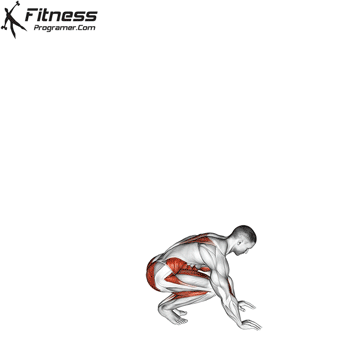
10. Adaptive to All Fitness Levels:
Full-body exercises can be adapted to suit various fitness levels. Whether you’re a beginner or an experienced athlete, there are modifications and progressions available to challenge you appropriately.

Conclusion
Full-body exercises are often favored for their efficiency, as they allow individuals to work multiple muscle groups in a single session. These exercises can be beneficial for general fitness, weight loss, and improving overall body strength and endurance. However, it’s important to incorporate a variety of exercises into a well-rounded fitness routine to address all aspects of fitness and reduce the risk of overuse injuries.
